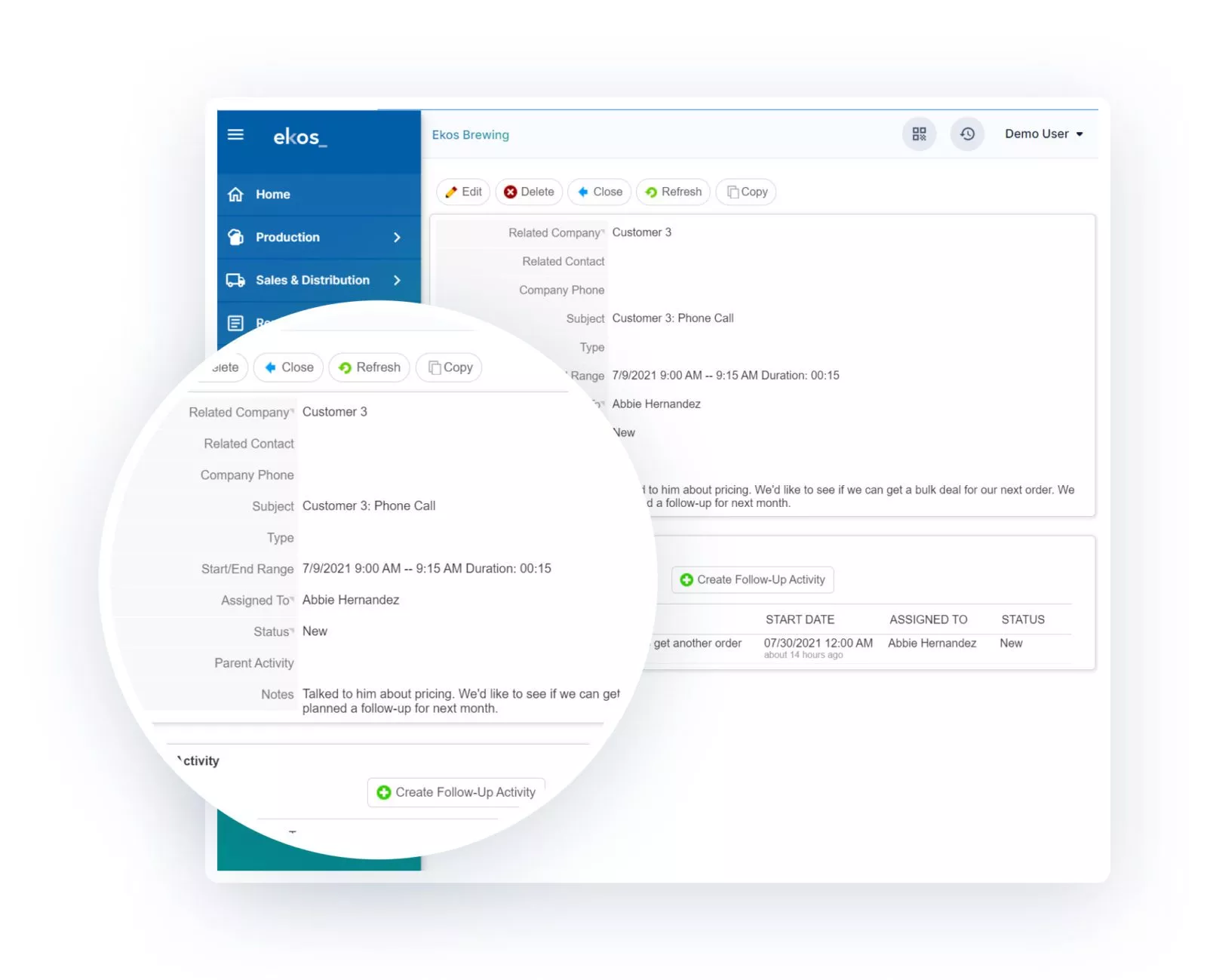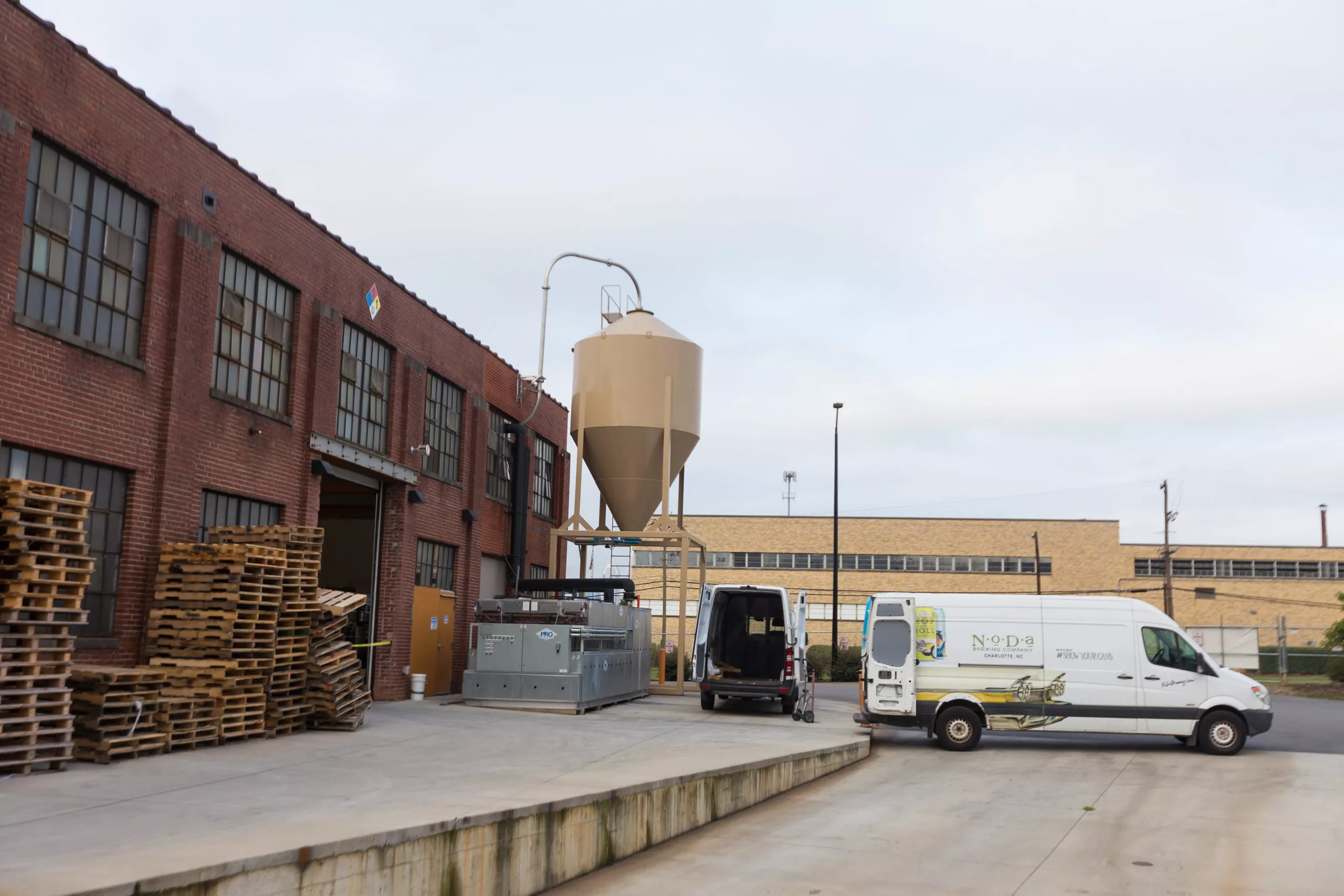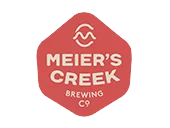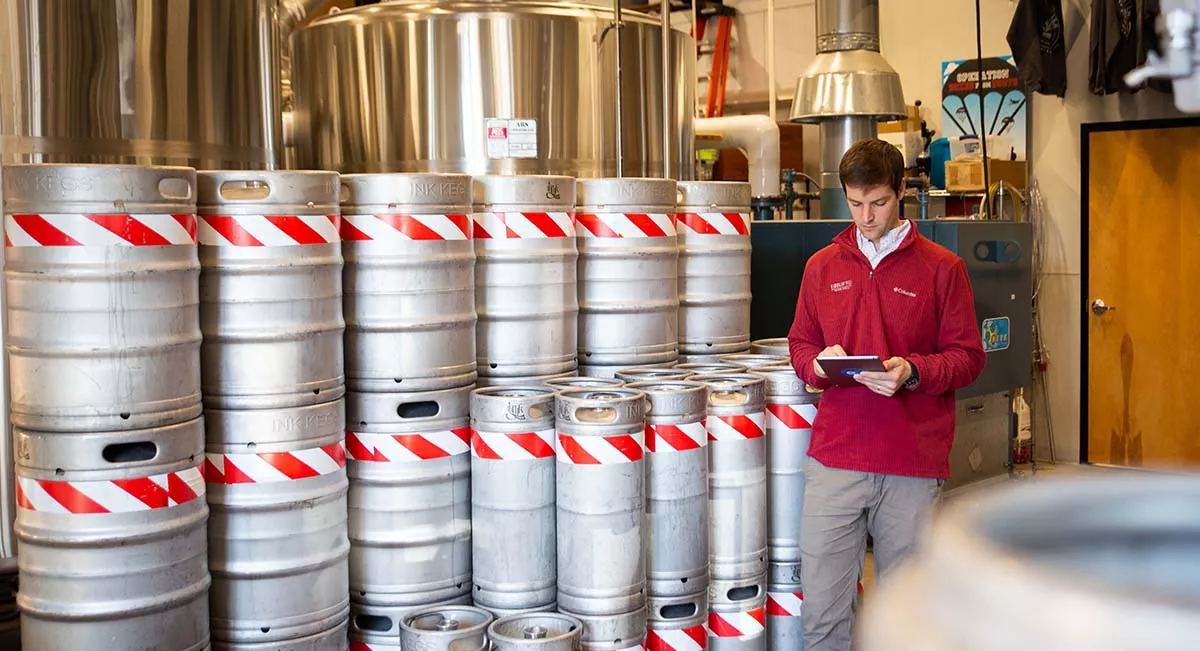If you have the freedom to self-distribute your beer, wine, or cider, it can be both a blessing and a curse. On the one hand, you retain full control over sales and marketing tactics, enjoy higher margins per sale compared to wholesale distribution, and receive direct feedback from customers about what’s working well in their locations. But on the other hand, setting up a fully functional sales department as a small brewery, winery, or cidery can be overwhelming — not to mention costly.
So, whether you’re facing the prospect of diving into self-distribution for the first time or trying to revamp your current process, here are some best practices to follow.
Self-Distribution 101
- Build your sales team.
When you’re just getting started with distribution, the owner or founder (maybe that’s you!) may be the primary salesperson. After all, you likely know your products best and can tell your business’s story to potential retail and restaurant customers. But you’ll want to make a plan for expanding your sales team with dedicated team members — after all, you have a lot more to do in a day besides making sales calls and visiting customers. How many people you need to hire will depend on how much product you plan to distribute, what markets you want to be in (local, regional, or beyond), and the number of accounts you’ll service. Nail down your distribution goals and sales projections, then right-size your team to meet those objectives. - Set a pricing strategy.
Few companies use actual data to make pricing decisions, at least the first time around. You see what other companies are charging and think, “That’s probably about right… right?” The best pricing strategy always starts with costing — if you don’t already, calculate the cost per SKU on every item you produce. Already have this information? Factor in added costs like shipping, offsite cold storage, and sales rep compensation to work backwards from your desired profit margin. If costing currently feels impossible, get a robust inventory management system and start tracking your inventory, production, and sales activities meticulously — that’s the only way you’ll get accurate numbers. - Evaluate product performance.
As you build relationships with retailers, restaurants, and bars and get some sales under your belt, get in the habit of reviewing sales performance. You’ll want to slice and dice this data in many ways, so that you know how well each product type, item, location (customer), and even packaging type is selling. Once you know this information, you can make smarter decisions about what to produce, where to sell it, and whether to allocate more or less finished goods inventory to distribution (versus tasting room, ecommerce, or other sales channels).
Want tips on mastering all four alcohol distribution channels? Download The Ultimate Sales Guide for Independent Alcohol Producers »
Maximize Efficiency: Self-Distribution Software & Technology

Here’s the deal: To map out your self-distribution strategy effectively, you need accurate sales projections. If you’re just starting out, it could benefit you to seek advice from a brewery or winery consultant, CPA, or strategic planner who can help you make smart decisions in those early stages. But the key to precise forecasting as you grow your business is to track everything.
Any experienced self-distributing brewery or winery will tell you that you absolutely cannot accomplish this in spreadsheets. So, start your hunt for inventory management software now if you don’t have one already. Your team should be using this to track raw ingredients, batch costs, packaging materials, finished goods, and everything in between.
Technology can also help you manage sales activities as volume increases. You likely don’t need a full-blown CRM (at least at first), so take advantage of the sales module in your inventory management system to track customer information, purchase history, and invoices. You’ll also want to consider sales order management, since the process of fielding customer requests can become frustrating fast. The ideal solution is an order hub that your customers can use to request new deliveries directly, rather than playing phone tag with your sales reps all week long.
How Can You Sell More With Self-Distribution?

At Ekos, our ultimate goal is to help you make — and sell — more of the products you love. That means supporting your hardworking team with the tools you need to keep up with inventory and production, cultivate customer relationships, and manage your schedule.
With Ekos, you can:
- Check real-time inventory in each storage location
- Simplify the ordering experience for your customers and reduce the time you spend collecting orders with Ekos Order Hub
- Create sales orders and invoices to reserve finished goods for customers
- Run reports on COGS, finished goods on hand, sales metrics, and excise tax — just to name a few
- View top 10 customers, MTD and YTD sales, and revenue by item class
Schedule your personalized 20-minute demo with our team today to find out how Ekos can help you stop spending hours on mundane tasks and start focusing on selling.





